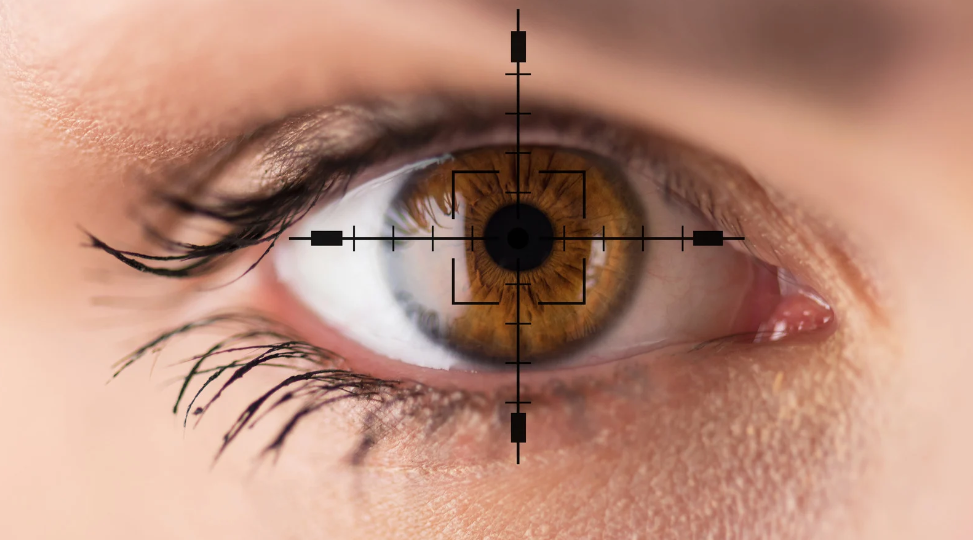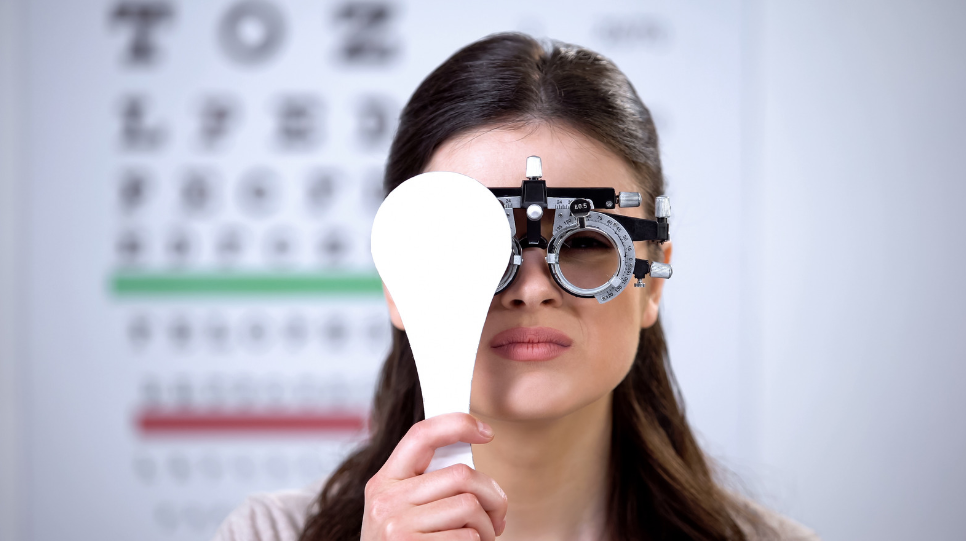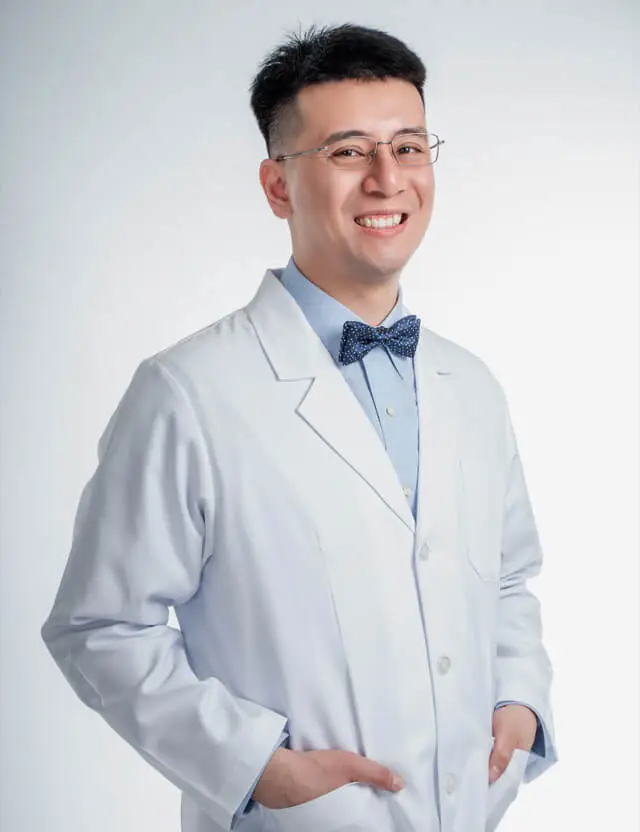Why Is My Vision Improving With Age?
Your vision may be affected by the natural changes that occur in your eyes as you age. These changes usually happen gradually, and in time, your eyesight will deteriorate; blurry vision can be a symptom of eye issues. The natural aging process also impacts vision, often leading to a decline in eyesight over time; however, each person’s experience with this will be different.
As we age, our vision may naturally decline due to various factors. However, there are several steps you can take to improve and maintain your vision as you get older.
- Improve and Maintain Vision As You Get Older
- 1. Regular eye exams
- 2. Protect your eyes from harmful UV rays
- 3. Maintain a healthy diet
- 4. Exercise regularly
- 5. Quit smoking
- 6. Practice proper eye hygiene
- 7. Take breaks from digital screens
- 8. Maintain a healthy weight
- 9. Manage chronic health conditions
- 10. Stay hydrated
- What Is Second Sight?
- Who Could Have a Second Sight Experience?
- WHAT TO DO IF YOUR VISION SUDDENLY IMPROVES
Improve and Maintain Vision As You Get Older

Seeing is vital for our daily activities and overall quality of life. Here are some general tips to help maintain good vision:
1. Comprehensive eye examination
Schedule regular comprehensive eye examinations for adults aged 41 to 60 to check for developing eye and vision problems, especially for those with specific health or work issues. Regular eye exams are crucial for detecting eye conditions early, including visual acuity issues, cataracts, and other eye health concerns.
Your eye care professional can provide guidance on the best course of action.
2. Protect your eyes from harmful UV rays
When spending time outdoors, wear sunglasses that offer UV protection to shield your eyes from harmful ultraviolet rays. Protecting your eyes from UV rays can help prevent conditions that may eventually require cataract surgery. This can help prevent conditions like cataracts and macular degeneration.
3. Maintain a healthy diet

Eating a balanced diet rich in nutrients like omega-3 fatty acids, vitamin C, vitamin E, and lutein can support good eye health. Include leafy green vegetables, fish, citrus fruits, and nuts in your diet.
4. Exercise regularly
Regular physical activity can have a positive impact on your overall health, including your eye health. It promotes good blood circulation, which is essential for healthy eyes.
5. Quit smoking
Smoking is associated with an increased risk of developing age-related macular degeneration and cataracts. Quitting smoking can help protect your eyes and improve overall eye health.
6. Practice proper eye hygiene
Proper eye hygiene can help prevent eye infections and reduce the risk of eye irritation. Clean your hands before touching your eyes, avoid rubbing your eyes, and don’t share personal eye-care items.
7. Take breaks from digital screens
Extended periods of time using digital devices can strain your eyes and lead to discomfort. Using proper prescription glasses or contact lenses can help reduce eye strain from digital screens. Follow the 20-20-20 rule: Every 20 minutes, take a 20-second break and look at something 20 feet away.
8. Maintain a healthy weight

Obesity and conditions like diabetes can increase the risk of developing eye diseases such as diabetic retinopathy and glaucoma. Maintain a healthy weight through a balanced diet and regular exercise.
9. Manage chronic health conditions
Conditions like diabetes and high blood pressure can lead to vision problems and negatively impact your eye health. Follow your doctor’s recommendations for managing these conditions to protect your vision.
10. Stay hydrated
Drinking enough water is important for overall health, including eye health. Proper hydration can help prevent dry eyes and maintain optimal eye function.
Remember, while these tips can help promote good eye health, it’s important to consult with an eye care professional for personalized advice based on your specific needs and any existing eye conditions.
What Is Second Sight? Understanding Cataract Surgery

An improvement in vision known as “second sight” may occur in the early stages of cataract development. Some people discover that they can see better without using corrective lenses, including an improvement in distance vision.
Sudden vision improvements can also be a potential sign of pre-cataract changes and should be discussed with an optometrist.
When a cataract forms before the eye lens hardens, a transient improvement happens. Your eyes’ capacity to focus is impacted by these structural alterations like that of prescription lenses.
Regretfully, second sight is fleeting. The overall quality of vision declines as the cataract gets denser.
Age-Related Eye Problems

While certain changes with aging might improve vision problems, others increase the chance of acquiring severe eye illnesses. These are some examples:
- PresbyopiaPresbyopia is a common age-related disorder in which the eye loses its capacity to concentrate on close objects with time. It usually appears around the age of 40 and is generally treated with reading glasses or corrective lenses.
- GlaucomaGlaucoma is a set of eye diseases that can cause optic nerve damage and visual loss. While it becomes more frequent with age, early identification and therapy can help limit the disease’s course.
- CataractsCataracts are caused by the clouding of the lens of the eye, resulting in impaired vision. Cataracts become more common as people age, but surgical surgery can effectively restore clear vision.
- Age-Related Macular DegenerationThe macula, the core section of the retina, is affected by age-related macular degeneration (AMD). AMD can impair central vision but does not always result in total blindness. There are treatment options available, and early identification is critical.
Diabetic Retinopathy
Diabetic retinopathy is a disorder that damages the blood vessels of the retina and is linked to diabetes. Diabetes management and frequent eye exams are critical for avoiding and managing diabetic retinopathy.
Who Could Have a Second Sight Experience?

Those who are farsighted or have perfect vision may experience second sight during the pre-cataract phase. These individuals may have better vision in the near or far field. The second sight could be one of the early warning signs of pre-cataract changes.
The refractive error known as farsightedness results in fuzzy near vision. Presbyopia and hyperopia are among the causes.
Sadly, nearsightedness (myopia).) is not covered by second sight. Pre-cataract changes usually result in worsening vision for nearsighted individuals.
WHAT TO DO IF YOU EXPERIENCE SUDDEN VISION IMPROVEMENTS

See your eye doctor as soon as possible if you’ve noticed a sudden improvement in your vision. Early detection is crucial to prevent potential vision loss. Although it might appear to be a good thing, it could also be a sign that a serious eye condition is about to develop. An optometrist can identify the cause of your visual changes and suggest a course of treatment for any conditions that might arise in the future.
Dr. Nicolette Natale is a physician, with a background in Psychology, General Medicine, and English Literature, combining her expertise to provide readers with the most accurate, easy-to-understand, and comprehensive information regarding healthcare. She received her Doctorate in Osteopathic Medicine from Nova Southeastern University, and her bachelor’s in English Literature and Psychology from the University of Miami. Dr. Natale seeks to empower individuals with knowledge, fostering a greater understanding of holistic health and encouraging a proactive approach to well-being




